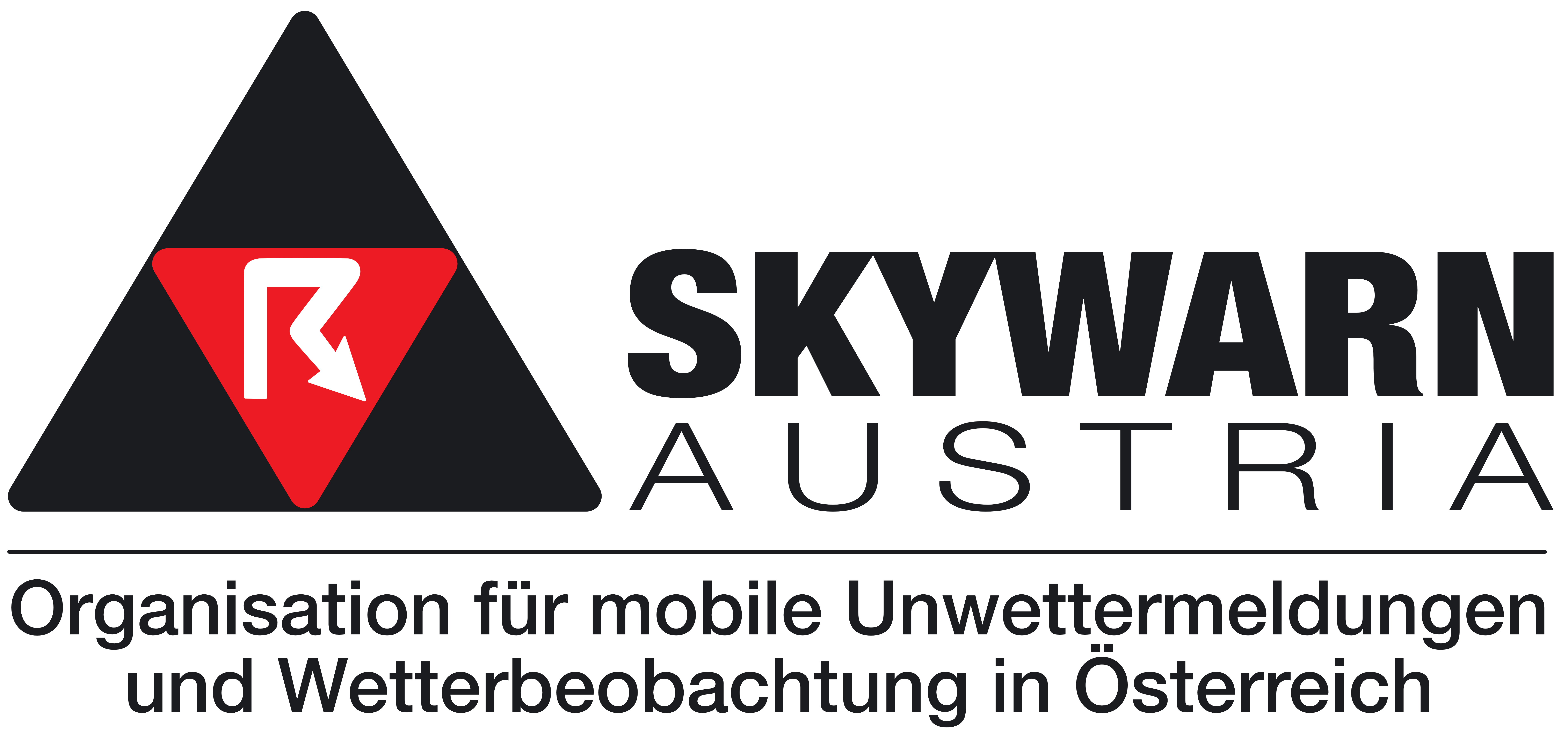ESTOFEX-Forecast:

A level 2 and level 1 are issued for a belt from N Spain to Belarus for excessive convective precipitation, large hail and (mainly towards the NW) for severe convective wind gusts.
DISCUSSION
... belt from N Spain and SE France to the Alpine region, east-central Europe and Belarus ...
Steep lapse rates from the Spanish Plateau and - to a lesser degree - from the Pyrenees and the Alps spread ENE-ward over enhanced low-level moisture on the warm side of the frontal boundary. Resulting CAPE on the order of a few hundred to up to 1500 J/kg in conjunction with multiple sources of lift - travelling short-wave troughs, thermal upvalley and upslope wind systems, and outflow boundaries of antecedent convection - create another active thunderstorm day across wide regions, though it is once more difficult to go into detail due to a low consensus of the forecast models.
Isolated to scattered, mostly elevated and partly embedded thunderstorms may already be active in the morning, especially near the frontal boundary. Depending on the timing of the short-wave troughs and the amount of insolation, the formation of new and surface-based storms will quickly ramp up between noon and late afternoon. Deep-layer shear increases from 10 m/s well ahead of the frontal boundary, where CAPE is more plentiful, to 20 m/s and more in its proximity, where CAPE conversely decreases. In general, the CAPE-and-shear space is robust enough to allow multi- to supercellular convection.
The strongest vertical wind shear, and enhanced shear also across the 0-3 km layer, are present near the frontal boundary from S France to Switzerland, SE Germany and the Czech Republic. However, limited CAPE and a lack of insolation are an issue here, therefore convection may be limited and/or embedded in frontal clouds and rain shields. Nonetheless, if discrete and surface-based storms manage to form in pockets of sufficient insolation, they can turn into well-organized multicells and supercells and produce large hail and severe wind gusts - more likely in SE Germany and Czechia than further west. Excessive rain is possible as well in case of training activity.
Further ahead of the frontal boundary, convection will predominantly initiate over the orography but move into flatlands later on. Due to rich low-level moisture, the front-parallel background flow and plentiful opportunities for backbuilding convection over orographic features, excessive rain is in general the strongest concern. This possibly includes a few dangerous flash floods in mountainous terrain. Discrete and/or tail-end storms can turn multi- to supercellular with large hail and perhaps isolated downbursts. The hail hazard is highest where steep lapse rates are advected off the mountains over low-lying terrain, where CAPE may locally approach 2000 J/kg: Most notably in the La Rioja, Navarra and Aragon regions in Spain, in the Piemonte region in NW Italy, in E Austria and in SE Poland. Upscale grwoth into several large clusters is anticipated, which can partly persist well into the night with slowly decreasing severe weather hazards.
Due to remaining forecast uncertainties, large regions are covered with a level 1. The regions with the expected highest storm coverage are upgraded to a level 2.









